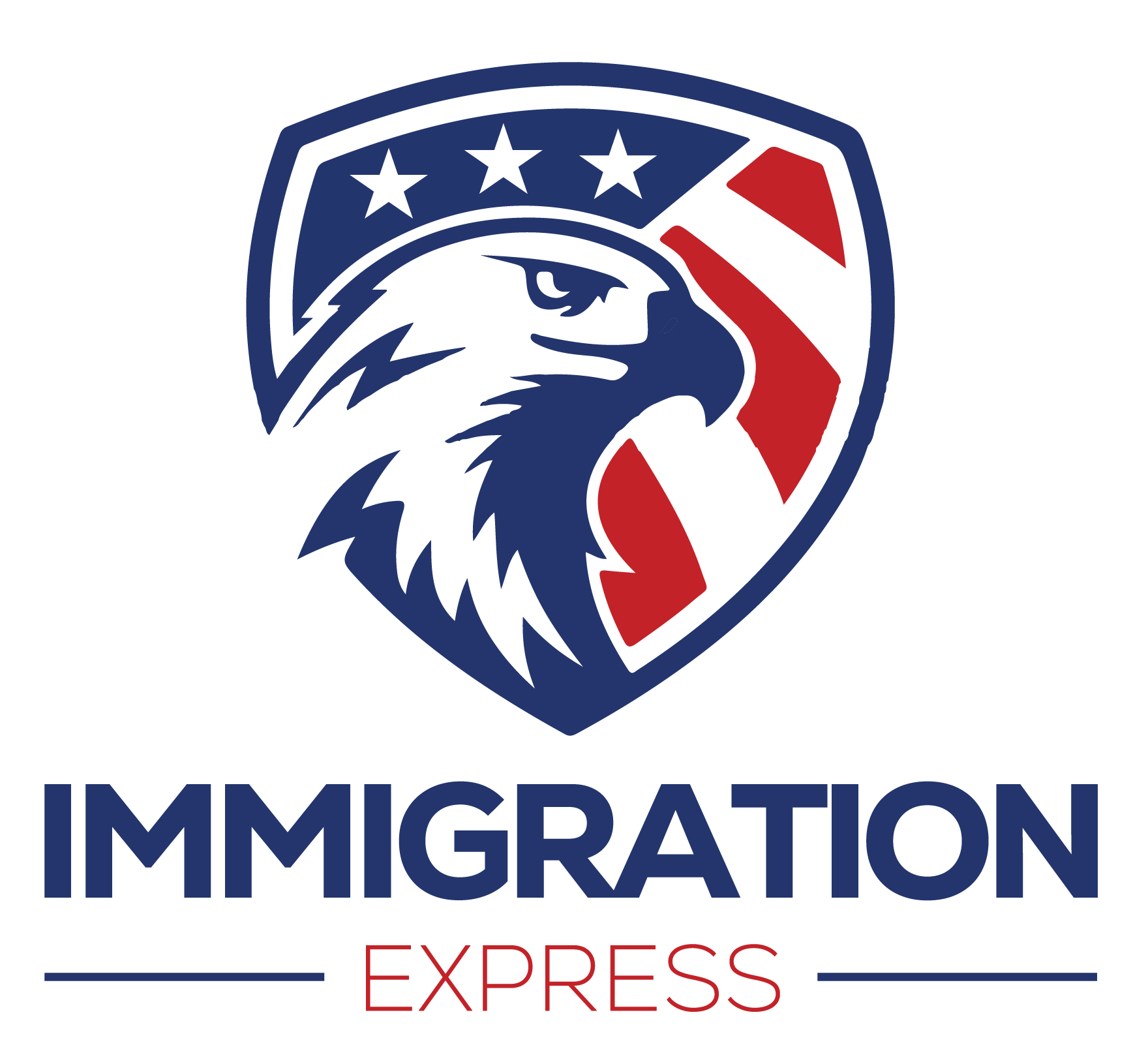
Here’s an outline of the family preference categories:
F1 (First Preference):
For unmarried sons and daughters (21 or older) of U.S. citizens.
F2 (Second Preference):
For spouses and unmarried children of permanent residents, divided into two subcategories:
F2A:
Spouses and unmarried children (under 21) of permanent residents.
F2B:
Unmarried adult children (21 or older) of permanent residents.
F3 (Third Preference):
For married sons and daughters of U.S. citizens
F4 (Fourth Preference):
For brothers and sisters of U.S. citizens, provided the petitioner is at least 21 years old.
Family Base Visa Application [Form I-130]
Family-based immigration allows foreign nationals to relocate to the United States of America based
on their familial ties to legal residents or citizens. This system prioritizes family unity by enabling
qualifying relatives, such as spouses, parents, children, and siblings, to sponsor eligible family
members for immigration, ultimately granting them legal status.
This visa permits individuals to immigrate based on their relationships with lawful residents or
citizens. Sponsors must submit a petition, undergo various screenings, and meet specific eligibility
criteria. The visa categories and requirements differ depending on the country. It is advisable to seek
professional assistance to obtain accurate information.
A country’s immigration policies determine eligibility for a family visa. Generally, the following
individuals may qualify:
These include spouses of U.S. citizens, unmarried children under 21 of U.S.
citizens, and parents of U.S. citizens (with the petitioner at least 21 years old). These relatives are
given priority in the immigration process.
Other family members are classified into preference categories,
including unmarried adult children (over 21 years old) of U.S. citizens, spouses, and unmarried
children (under 21) of lawful permanent residents, married children of U.S. citizens, and siblings of
U.S. citizens.
Petition for Alien Fiancé(e) [Form I-129F]
The K-1 visa, commonly referred to as the Fiancé(e) Visa, allows U.S. citizens to bring their foreign
fiancé(e) to the United States to get married. Once admitted to the U.S. on this visa, the foreign
fiancé(e) must marry the U.S. citizen sponsor within 90 days of arrival.
If you are a U.S. citizen planning to bring your foreign fiancé(e) to the U.S. to marry, you must file
Form I-129F, Petition for Alien Fiancé(e). This is the initial step toward securing a K-1 nonimmigrant
visa for your fiancé(e), which is designed for this specific purpose.
To qualify for a K-1 fiancé(e) visa, both you and your fiancé(e) must intend to marry within 90 days of
your fiancé(e)’s arrival in the U.S. as a K-1 nonimmigrant. The marriage must be legitimate, meaning
both parties are entering into it with genuine intent to build a life together, and it is not solely for
immigration purposes.


Once your fiancé(e) enters the U.S. on a K-1 visa and marries you within 90 days, they can then apply
for lawful permanent resident status (a Green Card) in the U.S.
However, if you are already married, plan to marry outside the U.S., or if your fiancé(e) is already
legally residing in the U.S., the fiancé(e) visa would not be applicable.

Removal of Conditions [Form I-751]
If you and your spouse were married for less than two years at the time of green card approval, you
will be issued a Conditional Green Card. Conditional residents who obtained their status through
marriage must file Form I-751, Petition to Remove Conditions on Residence. Generally, couples are
required to submit this petition within 90 days before the conditional green card expires.
Since Form I-751 is a joint petition, it must be filed by both the conditional resident and their spouse.
Petitions sent earlier than 90 days before the card’s expiration are typically rejected by USCIS. If the
petition is not submitted before the expiration of the conditional green card, the resident may face
removal (deportation). Therefore, it is crucial to file Form I-751 within the required timeframe.
Immigration law allows for exceptions when a joint petition cannot be filed. Section 216(c)(4) of the
Immigration and Nationality Act (INA) provides for waivers in cases where joint filing is not possible.
The three available grounds for a waiver are: (1) extreme hardship if the immigrant is removed; (2)
the marriage was entered in good faith but has since ended; and (3) the immigrant entered the
marriage in good faith but has experienced battery or extreme cruelty.
Due to the complexities involved in removing conditional status, particularly when waivers are
needed, it is advisable to consult an experienced immigration attorney
Types of Waivers:
This waiver can be used when the marriage has ended in divorce but
was entered into in good faith. The divorce must be finalized before the waiver can be considered by
USCIS. However, finalizing a divorce can take time, and many conditional residents find themselves in
the process of divorce without a decree when it’s time to file the I-751 petition. It is important to
consult an immigration expert when applying for this waiver.
This waiver requires the immigrant to demonstrate that they would suffer
extreme hardship if removed from the United States. Examples of hardship include medical issues, financial problems, or family separation. Only hardships that arose during the conditional status period will be considered by USCIS. Couples do not need to be divorced to file this waiver; it may be filed even if they are separated.
An immigrant may apply for this waiver if they have experienced battery or
extreme cruelty, which can include physical violence as well as emotional or psychological abuse. If
an immigrant believes they have suffered such treatment, they may file for this waiver without
needing to remain in the marriage.
I-485 Application to Adjust Status
Adjustment of status is the process by which an individual already in the United States can apply
to change their nonimmigrant status to lawful permanent resident status without having to leave
the country. This means that the individual may get a Green Card without having to return to your
home country to complete visa processing.
To file an adjustment of status application, the intending immigrant must meet three fundamental
requirements.
1. Be physically present inside the United States. You must be inside the United States when the
adjustment of status application is filed (and will need to complete the process inside the U.S.).
2. Have made a lawful entry into the United States. Lawful entry means that you were admitted or
paroled into the U.S. For most people, this means that you entered the U.S. with valid
documentation and made face-to-face contact with a U.S. immigration officer, and that officer
acknowledged your entry to the United States. If you entered with a valid visa, but that visa has
since expired, you still had a lawful entry.
3. Have an immigrant visa immediately available to you Immediate relatives of U.S. citizens may
file the adjustment of status application together with the I-130 petition. That is because a visa is
always available. However, family preference visa applicants must make sure a visa is available.
Their category must be "current" in the visa bulletin before filing Form I-485.
It’s also important that the intending immigrant maintain eligibility throughout the adjustment process Changes in the Circumstance can affect the success of an adjustment application. Only a very limited group of people can adjust their status. That’s why the adjustment is generally only used by some immediate relatives, spouses who entered as K-1 fiancés, asylees, refugees, or those
who arrived on an employment visa (e.g. H-1B) and the employer-sponsored them for a green
card. In short, to qualify for adjustment of status, you must meet the following requirements:
Eligibility Category: you must fall into a specific immigrant category that allows for adjustment of
status, such as family-based immigration, employment-based immigration, refugee or asylee
status, the diversity visa lottery winners, or other special categories.Inspection and Admission or
Parole: You must have entered the U.S. with inspection and were admitted or paroled by an
immigration officer.Eligibility to receive an Immigrant immigration Visa: You must have an
approved immigrant petition (form 1-130, I-140, etc.) filed on your behalf by a qualifying relative
or employer.
If applicable, you must have a current priority date based on the Visa bulletin
published by the Department of State.
You must have maintained lawful immigration status in the U.S and
have not engaged in unauthorized employment or other activities that would make you
ineligible for adjustment of status.
You must be admissible to the U.S, which includes not having certain criminal
convictions, Immigration violations,
health-related issues, or other grounds of inadmissibility.
Availability of Visa numbers: there must be an immigrant visa
the number available for your category, based on the annual
numerical limits set by the government.
It’s important to carefully follow the instructions provided by USCIS, submit accurate and complete
documentation, and meet all deadlines during the Adjustment of Status process. Seeking guidance
from an experienced professional can help you navigate this process smoothly and address any
specific concerns related to your case.

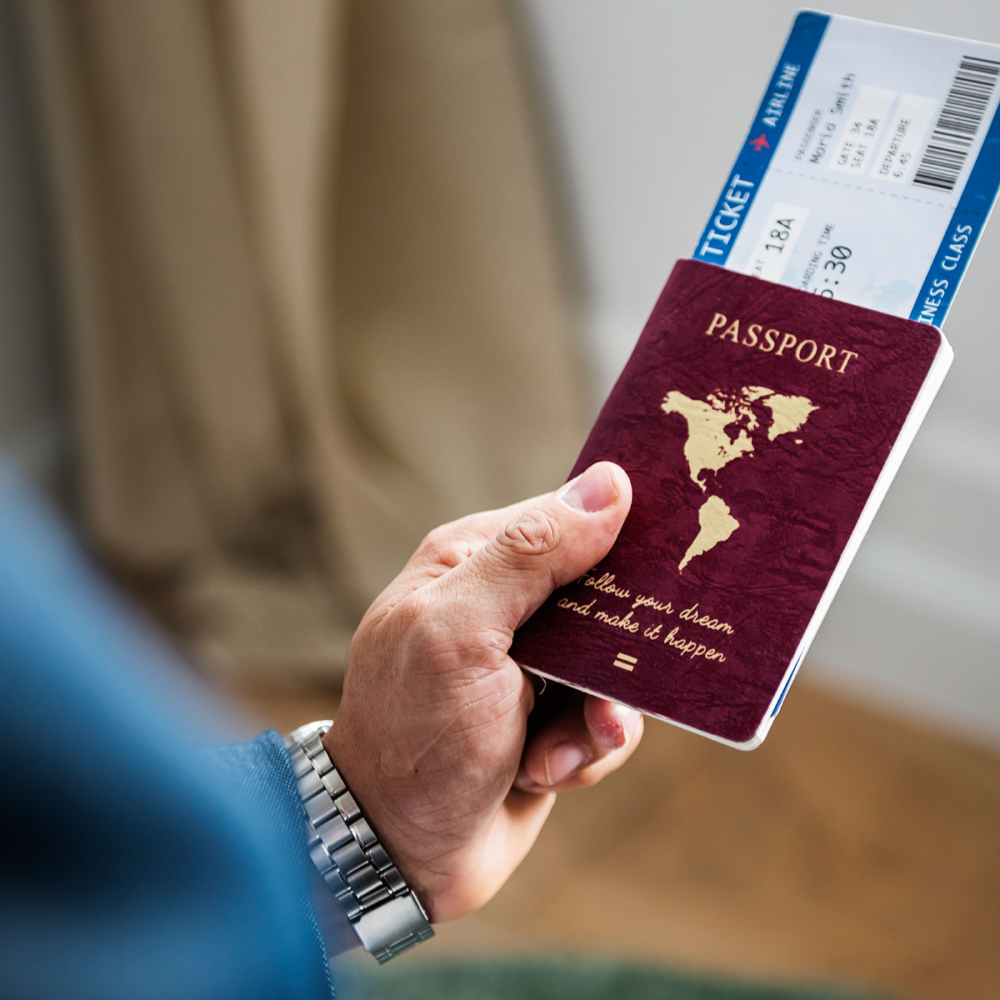
Important:
Filing a frivolous asylum application can result in permanent ineligibility for all forms of
U.S. immigration relief, including adjustment of status or cancellation of removal. Asylum claims
must be truthful, as credibility is critical. Deliberately falsifying information can lead to deportation
and a permanent bar from future immigration benefits.
Even if you meet asylum requirements, you could be barred under certain conditions, such as:
Conviction for a serious crime (e.g., aggravated felonies)
Committing a serious non-political crime outside the U.S.
Posing a threat to U.S. security
Engaging in persecution of others based on race, religion, nationality, or political beliefs
Withholding of removal prevents deportation to a country where your life or freedom would be
threatened due to race, religion, nationality, social group membership, or political opinion. This
standard requires a “clear probability” that persecution will occur if returned to the home country. It is harder to prove than asylum, but if granted, it is mandatory and prevents deportation, though it does not provide permanent resident status. However, if another country is willing to accept you, deportation to that country may occur.
Under the United Nations Convention Against Torture (CAT), aliens can seek protection if they fear
torture in their home country. CAT does not require that persecution be based on race, religion, or
political opinion. Instead, the focus is on the likelihood of torture. If granted, you cannot be deported to your home country, but you may be deported to another country willing to accept you. CAT protection does not lead to permanent resident status, but it allows for lawful residence and work authorization in the U.S.
For more details, feel free to contact us.
Political Asylum
The U.S. Immigration and Nationality Act (INA) offers relief to foreign nationals who cannot return to their country of origin due to past persecution or a well-founded fear of persecution based on race, religion, nationality, membership in a particular social group, or political opinion. While this “well-founded fear” doesn’t necessarily require proof of physical harm (like torture or
imprisonment), a strong claim is essential; otherwise, the application could be referred to the Immigration Court.
If you have faced gang-related incidents or other events in your home country or the U.S., you might be eligible for political asylum. Asylum applications are complex and require detailed preparation.
Additionally, the asylum application must be filed within one year of arrival in the U.S., with exceptions only for significant changes in circumstances or extraordinary reasons for the delay.
A person in the U.S. who fears persecution based on race, religion, nationality, political opinion, or social group is eligible to apply for asylum. Some categories, like “social group,” are often subject to litigation in federal courts. If granted asylum, the applicant may later apply for adjustment of status (a green card).
To seek asylum, you must:
– Asylum seekers must be in the U.S. and unable to return
home.
– This includes torture, economic harm, loss of privacy, or other significant disadvantages caused by government action or inaction
– Harm caused by the government, or groups like political factions or religious extremists that the government can’t control, meets asylum law requirements.
– These reasons include political opinion, race, religion, nationality, or social group. For example, asylum could be granted to someone persecuted for their sexual orientation.
– Those convicted of serious crimes or who threaten national security are not eligible for asylum.
Violence Against Women Act (VAWA)
The Violence Against Women Act (VAWA) protects abused spouses, parents, and children from domestic violence. Despite its name, VAWA protects both men and women equally.
Under VAWA, noncitizen victims of domestic violence can seek immigration relief independently from their abuser by filing a “self-petition.” The Battered Immigrant Women Protection Act of 2000 added more protections for victims of violent crimes, sexual assault, or human trafficking. The 2005 reauthorization of VAWA expanded these protections, including for victims of elder abuse.
If your U.S. citizen or permanent resident relative is abusive, you may be eligible to file a self-petition as a battered spouse.
Eligibility for VAWA Self-Petition
You may qualify for VAWA if:
You are the abused spouse of a U.S. citizen or permanent resident.
You file within two years of your abusive spouse’s death or a divorce caused by the abuse.
Your spouse lost their citizenship or permanent residency due to domestic violence within two years of your filing.
You discovered your spouse was a bigamist, but you believed the marriage was legitimate.
During your marriage, you were a victim of violence or extreme cruelty by your spouse.
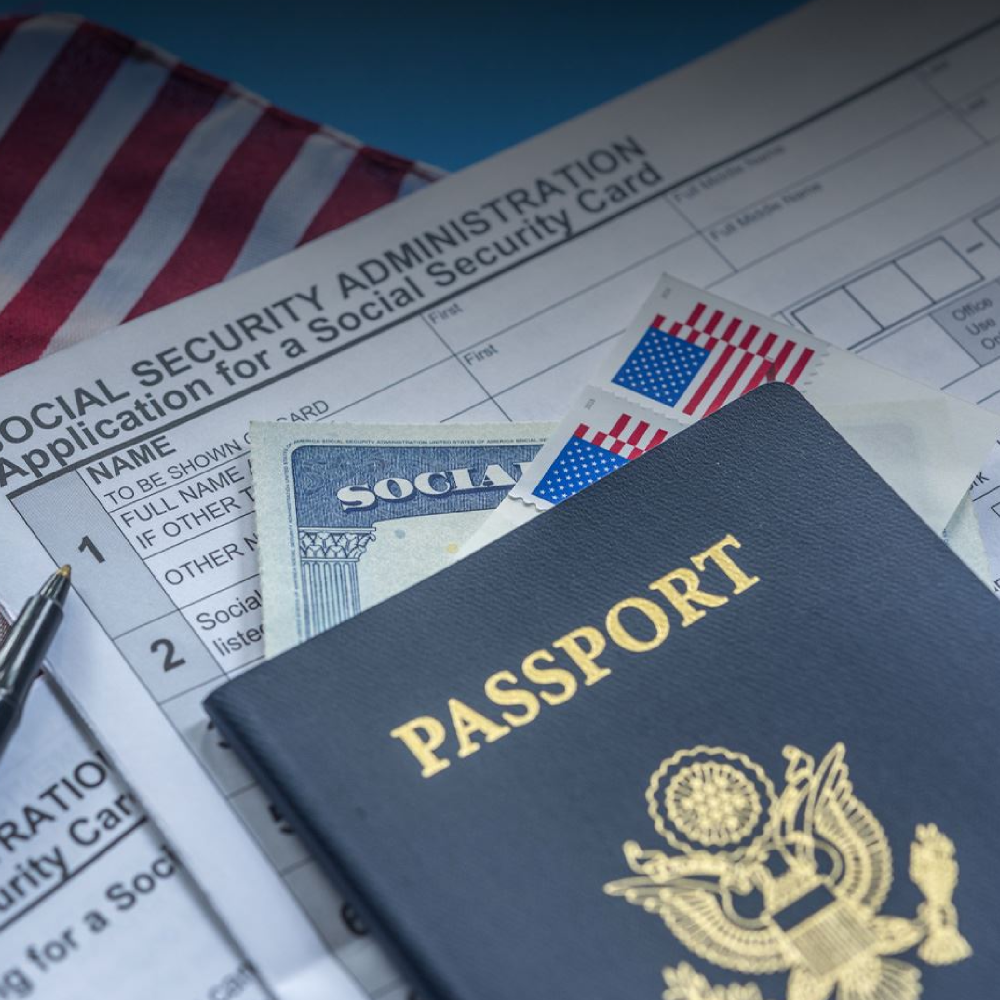

U Visa
The U Visa is designed for victims of certain serious crimes who have experienced substantial physical or mental abuse and are willing to assist law enforcement in the investigation or prosecution
of the criminal activities that harmed them. Established by the Victims of Trafficking and Violence Protection Act of 2000, this visa aims to strengthen the capacity of law enforcement agencies to
address crimes like domestic violence, sexual assault, and human trafficking, while also protecting victims.
You must be a victim of a qualifying crime, such as domestic violence, sexual assault,
or human trafficking.
You need to show that you have been helpful, are being helpful, or are likely to be
helpful to law enforcement in their investigation or prosecution of the crime.
You must have suffered substantial physical or mental abuse due to the crime.
If granted a U Visa, you will receive work authorization.
The U Visa is typically valid for up to four years.
After three years of continuous presence in the U.S., you may apply for a
green card (lawful permanent residency).
For personalized advice or to check your eligibility, consult with a professional by booking a consultation at 518-394-2115

T Visa
The T Visa protects victims of human trafficking who are willing to assist in the investigation or
prosecution of their traffickers. Human trafficking involves exploiting individuals through force,
fraud, or coercion for purposes such as labor or sexual exploitation.
You must be a victim of human trafficking as defined by law
You must be in the U.S. or its territories, or at a port of entry due to trafficking
You must comply with reasonable requests from law enforcement to help in the
investigation or prosecution of trafficking. If you’re under 18 or unable to cooperate due to trauma, this requirement is relaxed.
You must demonstrate that you would suffer extreme hardship if removed from
the U.S.
You must be admissible to the U.S. If not, you can apply for a waiver for certain
inadmissibility grounds.
The T Visa grants work authorization for four years.
After three years of continuous presence in the U.S., you may apply for
adjustment of status to receive a green card. Five years after obtaining the green card, you can apply
for U.S. citizenship.
Naturalization (Form N-400)
Naturalization is the process through which lawful permanent residents (green card holders) become
U.S. citizens. This process requires filing Form N-400 and meeting specific criteria set forth by the
Immigration and Nationality Act (INA).
You must be at least 18 years old.
You must be a lawful permanent resident of the U.S. for at least five years.
You must have been physically present in the U.S. for at least 30 months within
the last five years.
You must demonstrate good moral character
You must be able to speak, read, write, and understand English.
You must have an understanding of U.S. history and government.
You must be willing to take the Oath of Allegiance to the United States
You must be willing to take the Oath of Allegiance to the United States
They may apply for naturalization after three years of permanent residency
instead of five.
Those who served honorably during certain periods may be eligible for
naturalization even if they have not been permanent residents or are under 18. Military members
who served for at least one year may be exempt from some residency and physical presence
requirements.
Submit a complete Form N-400 with all required documents.
You will be scheduled for an interview with a USCIS officer.
If approved, you will be scheduled for a naturalization ceremony where
you will take the Oath of Allegiance to become a U.S. citizen.

The EB-1 immigrant visa category is designed for foreign nationals with exceptional skills or
significant achievements. It is divided into three main subcategories:
Individuals who have demonstrated a high level of expertise in their field through
sustained national or international acclaim.
Achievements or awards that showcase extraordinary ability, such as major
prizes or significant contributions to the field.
Eligibility: Academic professionals with at least three years of experience and who are recognized
internationally for their outstanding achievements.
Evidence Required: Documentation of a record of published research, awards, or significant
contributions to academic knowledge in their field.
Eligibility: Managers or executives who have been employed outside the U.S. by a company with an
affiliate or subsidiary for at least one year in the past three years, and who will be working in a
managerial or executive capacity in the U.S.
Evidence Required: Proof of employment and managerial role in the foreign company, and
documentation showing the U.S. position is similar.
Avoids Labor Certification Process:
No Recruitment Needed: Employers do not have to go through the lengthy and costly process of
recruiting a U.S. worker or obtaining labor certification, which is typically required for EB-2 and EB-3 categories.
Simplifies Process: Skipping this step reduces processing time and complexity, as labor certification
involves multiple steps including advertising the job and proving that no qualified U.S. workers are
available.
Priority for Applicants: Visa numbers for the EB-1 category are generally available, even for
countries with high demand like India, China, and Mexico. This ensures quicker processing times.
Immediate Adjustment of Status: Foreign nationals in the EB-1 category can file a Form I-485
application to adjust their status to permanent residency immediately after the I-140 petition is
approved.
Each subcategory has specific eligibility criteria and required documentation. It is important for
applicants to provide comprehensive evidence that meets these requirements to qualify for an EB-1
visa.

Continued Work in the U.S.:
Applicants must prove they will continue working in the U.S. in their field of extraordinary ability. This can be shown through:
Letters from current or prospective employers confirm the applicant’s work arrangements.
Documents evidencing prearranged commitments in the U.S., such as contracts.
A detailed statement outlining plans for continued work in the U.S
Application Process:
Form I-140, Petition for Alien Worker is used to file the EB-1A application. Processing times vary
depending on the filing location.
Form I-140, Petition for Alien Worker is used to file the EB-1A application. Processing times vary
depending on the filing location.
Adjustment of Status or Visa Processing:
The National Visa Center will review documentation for Visa
Processing. Applicants will need to attend a visa interview at a U.S. Consulate or Embassy abroad.
EB-1A: Persons of Extraordinary Ability
Eligibility Criteria for EB-1A:
Have had work displayed at artistic exhibitions or showcases.
Have played a leading or critical role for an organization with a distinguished
reputation.
Have enjoyed commercial successes in the performing arts
Applicants must include documentation that demonstrates how they
meet the criteria of extraordinary ability. If the standard criteria do not apply, comparable evidence
may be submitted
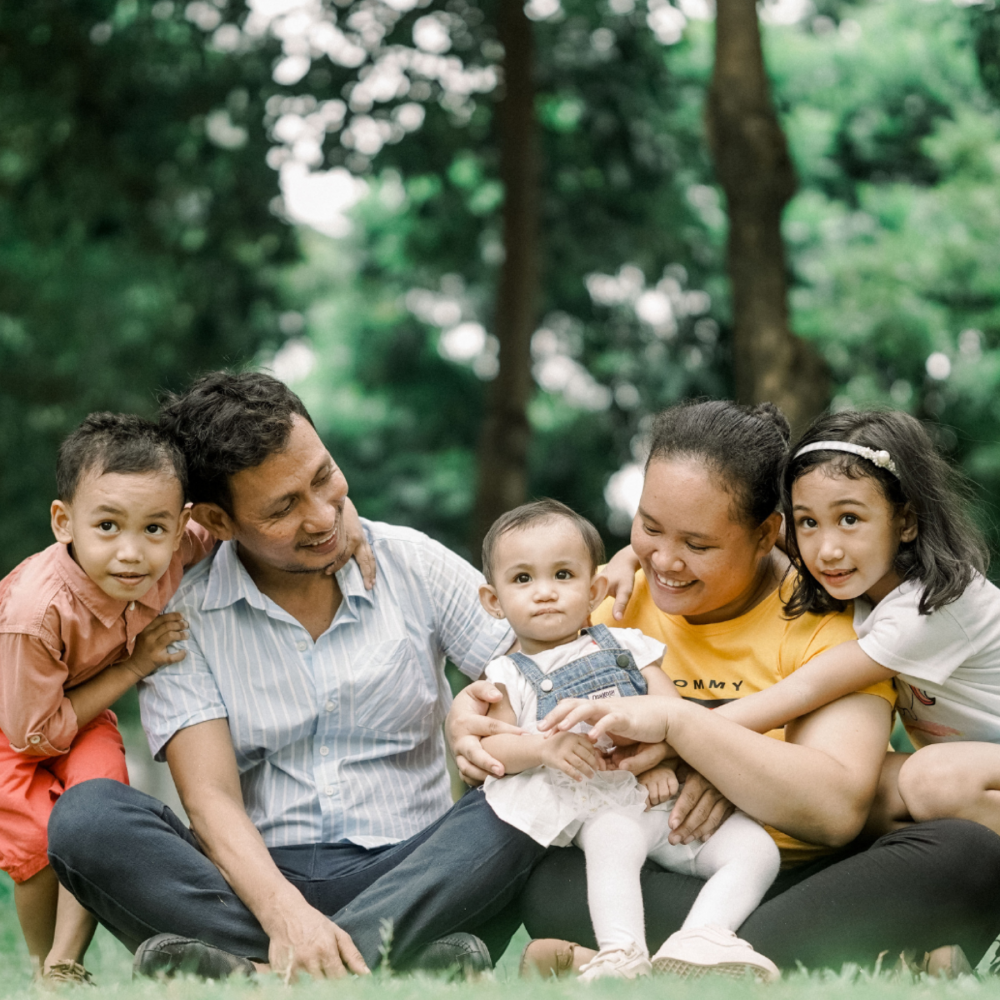
EB-1B: Outstanding Professors or Researchers
The EB-1B visa category is designated for outstanding professors or researchers who are internationally recognized as exceptional in their specific scientific or scholarly field. To qualify for this visa, applicants must also have a minimum of three years of experience in teaching or research.
The EB-1B category is aimed at individuals who can demonstrate high levels of achievement and contribute significantly to their field.
Eligibility Criteria for EB-1B:
The applicant must be internationally recognized for exceptional achievements in their academic field. To prove this, they must provide documentation showing they
meet at least two of the following six criteria:
The applicant must be internationally recognized for exceptional achievements in their academic field. To prove this, they must provide documentation showing they
meet at least two of the following six criteria:
The applicant must be internationally recognized for exceptional achievements in their academic field. To prove this, they must provide documentation showing they
meet at least two of the following six criteria:
Evidence of published material in professional publications written by others
about the applicant’s work (beyond just citations).
The applicant must be internationally recognized for exceptional achievements in their academic field. To prove this, they must provide documentation showing they
meet at least two of the following six criteria:
Evidence of authorship of scholarly books or articles published in academic or scholarly
journals with international circulation.
Application Process:
Form I-140, Petition for Immigrant Worker must be filed by the employer on behalf of the EB-1B applicant. Processing times vary based on the filing location.
Premium Processing: Available for an additional fee, allowing for a response within 15 calendar days.
Adjustment of Status or Visa Processing:
Upon approval of Form I-140, USCIS will process Form I-485, Application
for Adjustment of Status
The National Visa Center will review documentation for Visa Processing, and applicants will need to attend a visa interview at a U.S. Consulate or Embassy abroad.

Relevant Experience:
The applicant must have at least three years of relevant
experience in teaching or research in the academic field. Note that experience gained while pursuing
an advanced degree (e.g., Ph.D.) can count toward this requirement only if:
The degree has already been acquired.
The teaching role included full responsibility for the class.
The research conducted was recognized as outstanding in the field.
Documentation:
All experience must be documented with detailed letters from former employers.
Job Offer or Employment:
Unlike the self-petitioned EB-1A, EB-1B petitions require employer sponsorship. Foreign nationals must secure a permanent job offer from a U.S. employer where they will continue to demonstrate their exceptional abilities as a researcher or professor
Unlike the self-petitioned EB-1A, EB-1B petitions require employer
sponsorship. Foreign nationals must secure a permanent job offer from a U.S. employer where they
will continue to demonstrate their exceptional abilities as a researcher or professor
Employ at least three full-time researchers.
Provide documentation of their research accomplishments and standing in the relevant field.

Application Process:
The employer must file Form I-140, Petition for Immigrant Worker, on behalf of the EB-1C
applicant, providing extensive evidence of the applicant’s managerial duties and qualifying
employment.
Upon approval of Form I-140, USCIS will adjudicate the applicant’s Form I-485
Application for Adjustment of Status if they are in the U.S. Alternatively, the National Visa Center will
review documentation for Visa Processing for applicants outside the U.S., who will need to attend a
visa interview at a U.S. Consulate or Embassy.
EB-1C: Multinational Managers and Executives
The EB-1C category is designated for Multinational Managers and Executives who meet L-1A
nonimmigrant standards and wish to become lawful permanent residents in the U.S. Unlike the L-1
visa, which is temporary and limits the duration of stay, the EB-1C visa provides a path to permanent
residency.
Eligibility Requirements for EB-1C:
Employment History:
If the applicant is outside the U.S., they must have been employed for at least one year in the past three years by a qualifying entity abroad. This employment must have been in a managerial
or executive capacity
The petitioning employer in the U.S. must be a viable company. The foreign company can be a parent, subsidiary, branch office, or affiliate of the U.S. entity
Although having an L-1A status is not a prerequisite, having this status may strengthen the EB-1C application.
The applicant must manage the organization, or a department, subdivision,
function, or component. They must supervise and control the work of other employees or manage an essential function. They should have the authority to hire, fire, and make other personnel decisions or function at a senior level within the organization.
The applicant must direct the management of the organization or a major component, establish goals and policies, exercise significant decision-making authority, and receive
only general supervision from higher-level executives or the board.
Provide evidence of the applicant’s high-level managerial or executive duties abroad and in the U.S.,
including a breakdown of time spent on job duties and organizational charts.
EB-2 NIW Green Card
Eligibility for EB-2 NIW:
Advanced Degree or Exceptional Ability:
Alternatively, the applicant can qualify based on exceptional ability in their field.This means having a degree of expertise significantly above that ordinarily encountered in the field of science, arts, or business
National Interest Waiver (NIW) Requirements:
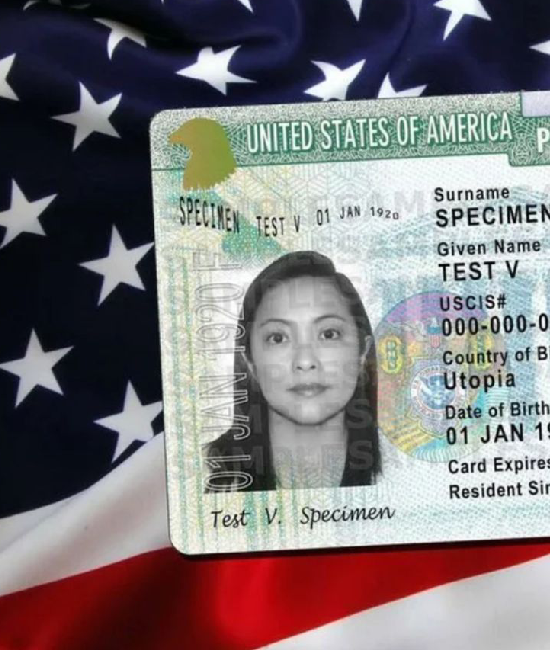
Comparison with EB-3 Green Card:
EB-3 Green Card Categories:
Application Process:
Job Offer or Employment:
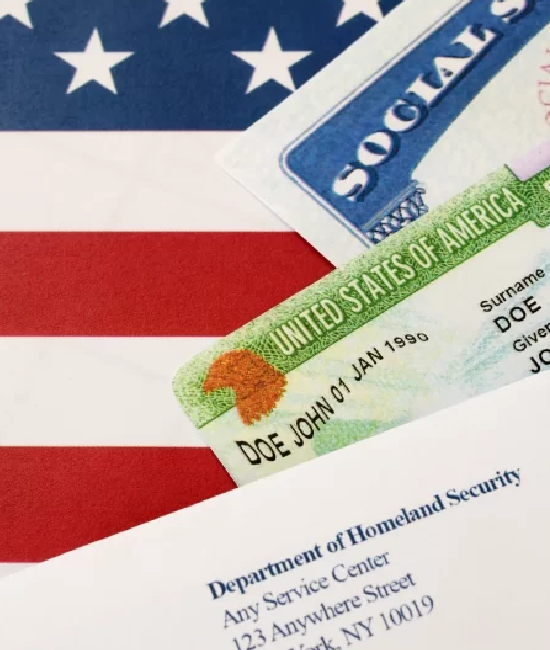
Filing Form I-140 Immigrant Petition with USCIS
The employer must file Form I-140, Petition for Immigrant Worker, on behalf of the EB-1C
applicant, providing extensive evidence of the applicant’s managerial duties and qualifying
employment.
Upon approval of Form I-140, USCIS will adjudicate the applicant’s Form I-485
Application for Adjustment of Status if they are in the U.S. Alternatively, the National Visa Center will
review documentation for Visa Processing for applicants outside the U.S., who will need to attend a
visa interview at a U.S. Consulate or Embassy.
Timeframe and Costs for this Step:
Green Card Process for EB-2 and EB-3 Cases
Testing of the U.S. Job Market
Both EB-2 and EB-3 green card applications require undergoing the PERM (Program Electronic Review Management) process, also known as Labor Certification. This process is designed to test the U.S. job market to ensure no qualified U.S. workers are available for the offered position.
After receiving PERM certification, the employer must file Form I-140, Immigrant Petition for Alien
Worker, with U.S. Citizenship and Immigration Services (USCIS). This petition must include:
Proof of PERM certification.
Evidence of the employer’s ability to pay the proffered wage.
Proof that the applicant holds a qualifying advanced or professional degree.
Evidence of the applicant’s skills relevant to the position.
The employer must conduct a recruitment campaign within 30-180 days
before filing the PERM application, which includes:
Two print ads in a Sunday newspaper of general circulation.
One ad in a professional journal.
One ad on the employer’s internet site.
One ad on job search websites.
One ad on a state job bank for 30 days.
The offered wage must meet the prevailing wage rate for the occupational classification in the area of employment. The employer must obtain a Prevailing Wage Determination
(PWD) from the Department of Labor (DOL). The current processing time for PWD is about 4 months.
Timeframe and Costs for this Step:
Approximately 12-15 months (3-6 months for PWD/recruitment campaign + 9 months for DOL processing).
